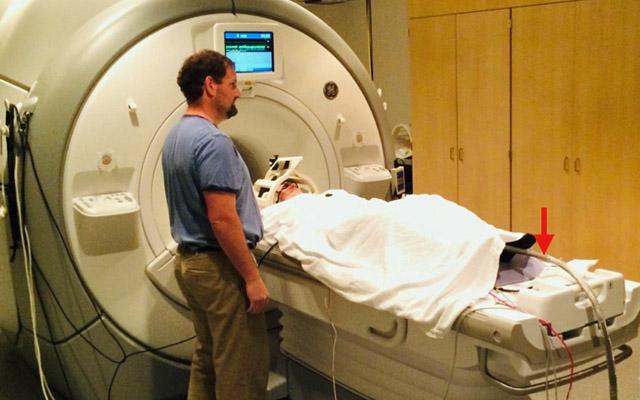Advocating for Migraine and Headache Research
/By Mia Maysack, PNN Columnist
This week I had the privilege of attending the 12th annual “Headache on the Hill” lobbying event in Washington, DC, which is organized by the Alliance for Headache Disorders Advocacy (AHDA). This was my second time being involved and I plan to attend for as many years as possible.
Headache on the Hill is a two-day engagement that began with a briefing for over 160 advocates who traveled to Washington from around the country. This is when we heard from experts and learned how to strategize, focus on what we want to achieve, and get an opportunity to engage and ask questions.
Early the next morning we had a headache policy forum breakfast and heard from Rep. Andy Harris, MD (R-Maryland), who lives with cluster headaches and is passionate about our cause.
“If we have to drag the federal government kicking and screaming into a modern age on treatment of pain syndromes, including headache pain syndromes, migraine, cluster headaches - we'll do it and I'll be there with you every step of the way," Harris said.
After breakfast, we all joined together to venture as a group to Congress to meet with our representatives and shares our stories on the struggles we face as migraine and headache sufferers.
ALLIANCE FOR HEADACHE DISORDERS ADVOCACY
Most important is the need of more funding for research on headache disorders. Only through research do we possess a chance at ever understanding all the layers of this complex medical problem.
Headache disorders affect more than 90% of Americans and cost the economy $31 billion every year in lost productivity, yet less than 1% of the budget for the National Institutes of Health (NIH) is spent on headache and migraine research.
We are not attempting to suggest that our cause is more worthwhile than others. We're merely pointing out that we are on severely unequal ground. How is it that so many millions of Americans are enduring migraines and headaches, yet it is the least funded field of medical research?
We know that chronic migraine is the second leading cause of global disability and cluster headache has the deserved reputation of being "the most severe pain that humans can experience." I have endured both in some form every day for almost 20 years straight.
Is there a logical reason why 59% of Americans impacted by chronic migraine who seek refuge in emergency departments receive opioid medication? Opioids can worsen the severity and frequency of migraines. Meanwhile, we have to fight for other treatments such as oxygen therapy, which has been proven to assist in decreasing cerebral blood flow and lessen the pain of cluster headaches. Oxygen is natural, has no side-effects and is non-habit forming, which are the approaches the NIH should be investing in.
Breath work and mindfulness meditation have also changed the game for me personally and I am grateful to declare that discipline in those practices has led to an overall heightened sense of awareness, which actually helps me with coping.
We've recently been fortunate enough to have several injections introduced as preventative treatments for migraine. That’s a great start -- though many of us are unable to gain proper access to these expensive treatments due to our circumstances.
The bottom line is that by showing up in D.C. and by advocating every chance we get in regular everyday life, we can make progress in raising awareness and funding for more research. Our efforts during Headache on the Hill were well received. Advocates from over 40 states attended, our meetings were empowering and there was empathy for our stories.
I am extraordinarily grateful to the members of Congress that made time to meet with us, the advocates who were alongside me for this adventure, and everyone who has or will participate in Headache of the Hill.
Mia Maysack lives with chronic migraine, cluster headaches and fibromyalgia. Mia is the founder of Keepin’ Our Heads Up, a Facebook support group, and Peace & Love Enterprises, a wellness coaching practice focused on holistic health.
The information in this column should not be considered as professional medical advice, diagnosis or treatment. It is for informational purposes only and represents the author’s opinions alone. It does not inherently express or reflect the views, opinions and/or positions of Pain News Network.





























